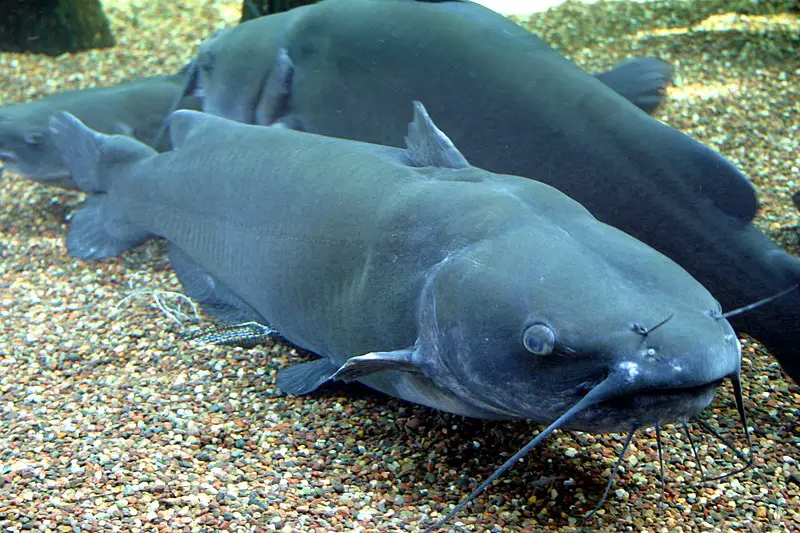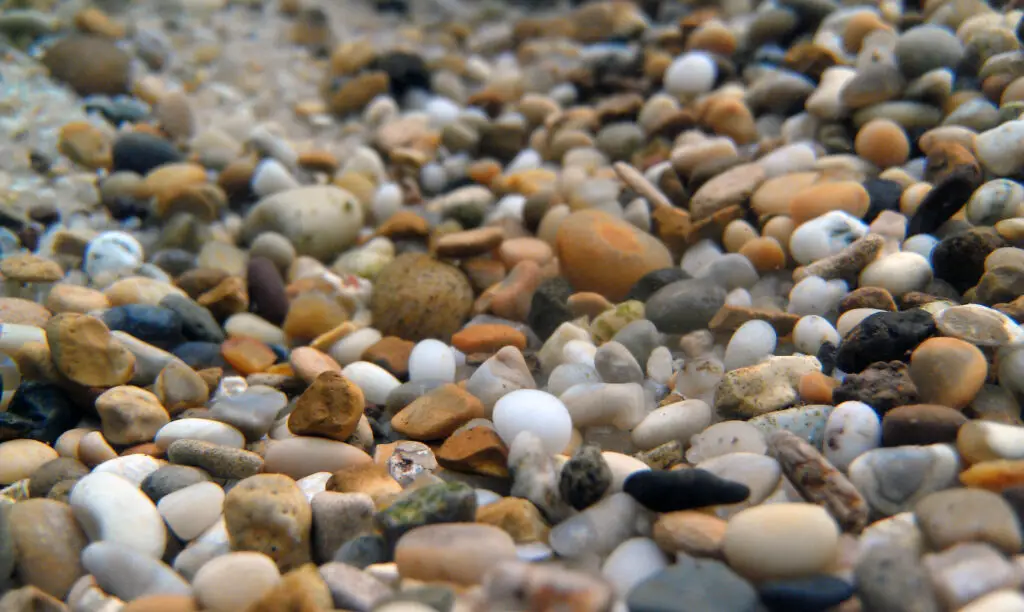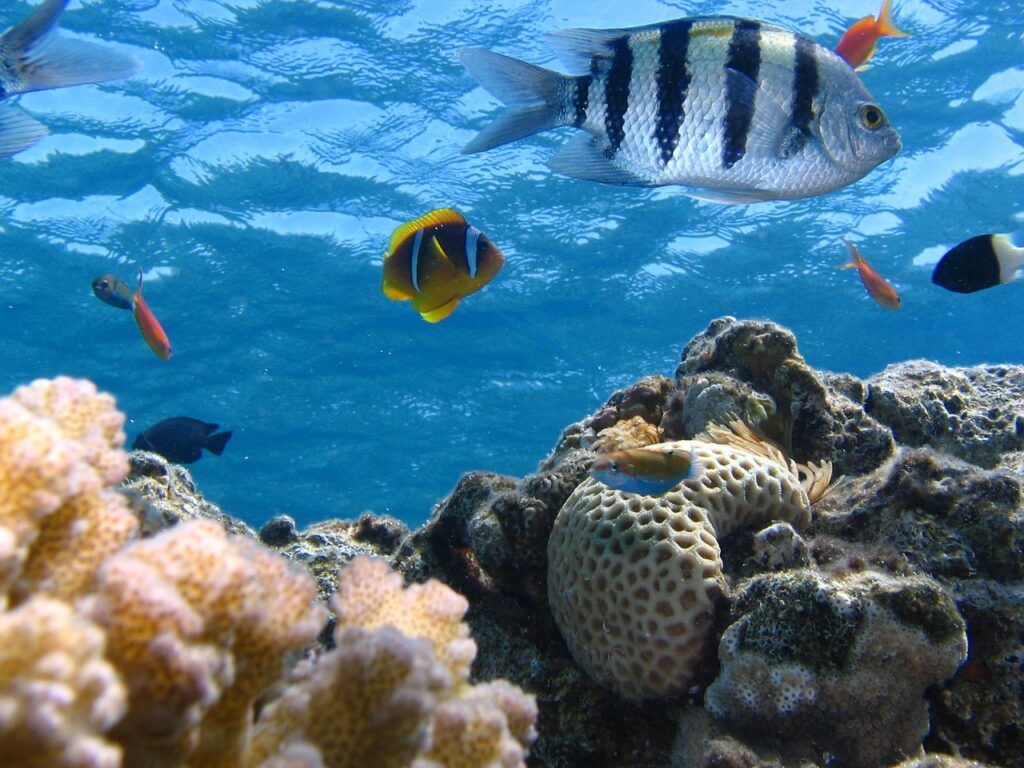Are your fish struggling to breathe and making multiple trips to the top of the tank? Do they have white spots on their body and fins? Are they itching and scratching through your tank? Your fish may be infected with White Spot Disease and need to be treated immediately.
Ichthyophthirius multifiliis causes the parasite Ich, which attaches to the fish in your aquarium. Visible symptoms are white spots along the head, body, and gills of your fish. Ich is very dangerous to your fish and fatal if left untreated.
We will explore more about what Ich is, some treatments to stop its spread, and concerns with other inhabitants in your tank to get your fish happy and healthy again.
What is Ich?
Ich, known as white spot disease, is a parasite that attacks your fish’s lungs and forms small white spots on your fish. The earliest sign of Ich disease is breathing issues in your fish since the gills are infected first. Fish will often return to the surface multiple times gasping for breath.
Infected fish may also appear sluggish and have a decreased appetite. When visible white spots appear on the head, body, and fins of your fish they are already highly infected and require immediate treatment. Ich is fatal to all fish when left untreated in aquariums.
The life cycle of Ich is rapidly increased in warmer temperatures. Multiple treatments are required to eliminate the parasite as they are only vulnerable as free-swimming larva before they can attach to your fish. The three distinct phases of Ich parasite are trophont, tomont, and theront.
- Trophont (On the fish)
When on the fish, Ich first attacks the gills of the fish and eats the fish’s flesh. It will then form white spots along the body, fins, and tail of your fish. Once the white spots are visible the fish are very infected with Ich and require immediate treatment.
- Tomont (Environmental Stage)
Once the Ich reaches maturity it will detach from your fish, encapsulate, and in less than a day will replicate itself by the thousands. Within a few days depending on the water temperature it will be ready to release back into the aquarium.
- Theront (Infective Stage)
During this stage, the Ich is released into the aquarium as free-swimming larvae. They travel through the aquarium and attach themselves to your fish. The larva is vulnerable and should be targeted with chemicals for treatment during this time.
Can Black Ghost Knife fish get Ich?
Many wild-caught Black Ghost Knife fish have parasites that can affect other fish in your tank. They are also highly sensitive to water changes and require a stable environment. Since they are scaleless fish, they are prone to chemical changes and diseases, especially Ich disease.
During early signs of an Ich infection, Black Ghost Knife fish will begin to rub and itch in the tank. With the right treatment, they should be able to heal quickly. Be sure to avoid copper-based medicines for treatment since they are toxic to Black Ghost Knife fish.
How do you treat Ich on scaleless fish?
There are numerous natural and chemical ways to treat Ich in your aquarium. Water temperature will play a big part and can speed up the lifecycle of the Ich. Multiple treatments spaced a few days apart will be necessary to rid your tank of the Ich.
Ich is only vulnerable to treatment and chemicals during the infective stage as free-swimming larva. It is recommended to clean the debris out of your aquarium after treatment to rid the tank of the parasitic cysts before they can release more free-swimming larva into your tank.
Is API Super Ich Cure safe for scaleless fish?
API Super Ich Cure is a safe treatment for Ich and other parasitic diseases such as Oodinium, Trichodina, and Chilodonella. Both the liquid and powder form is effective at treating Ich in freshwater and saltwater aquariums. It can kill Ich parasites within 24 hours of the first dose.
API Super Ich Cure can be harmful to any invertebrates and coral in your fish tank. It is not recommended for use in any reef aquariums. It is also not recommended for use around any invertebrates.
Is API Melafix safe for scaleless fish?
API Melafix is an antibacterial treatment for scaleless fish. It is used to treat open wounds, tail rot, eye cloud, and mouth fungus. It also promotes the growth to any damaged fins or tissue in the injured fish. The effects can be seen in as little as four days, with the full effects in two weeks.
API Melafix can also be added when adding new fish to your aquarium or when you suspect there may be an infection. It is safe for use with delicate fish and will not discolor water, harm plants and fish, or alter the pH levels of your tank.
Is API Aquarium Salt safe for scaleless fish?
API Aquarium Salt is made from evaporated seawater and is safe for freshwater aquariums. It can be added to promote healthy fish life by improving their lung function. API Aquarium Salt also promotes disease recovery and reduces stress on your fish in new aquariums.
API Aquarium Salt should be added to new tanks or anytime a water change is performed. It also provides electrolytes that may be lost during water changes. Care should be exercised when adding to tanks with live plants as they may have sensitivity to API Aquarium Salt.
Conclusion
Ich is a parasitic disease and harmful or fatal to your fish if left untreated. Due to its three distinct lifecycle phases, it can be difficult to treat in your tank. It is dependent on temperature which can increase its reproduction. It will take multiple doses to stop it from spreading.
Cleaning after treatment is recommended to remove any Ich parasites attached to other organic matter in the aquarium. Care during the treatment can be difficult as it may affect invertebrates and plant life negatively. Please use care when selecting and adding treatments to your tank.



